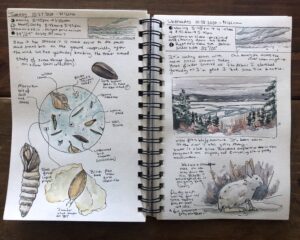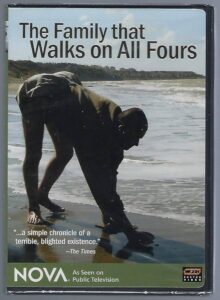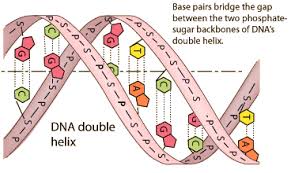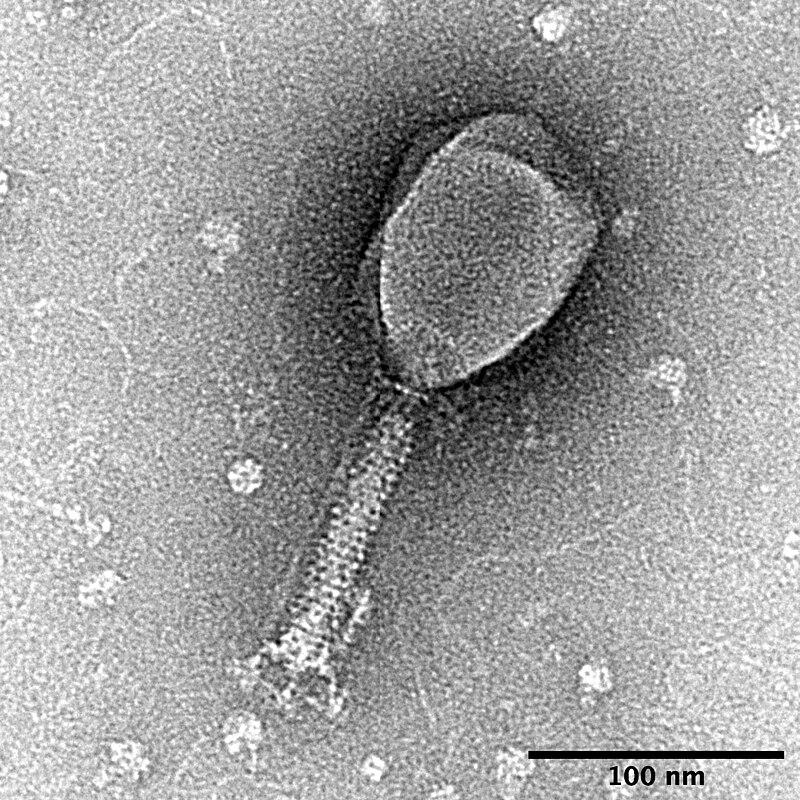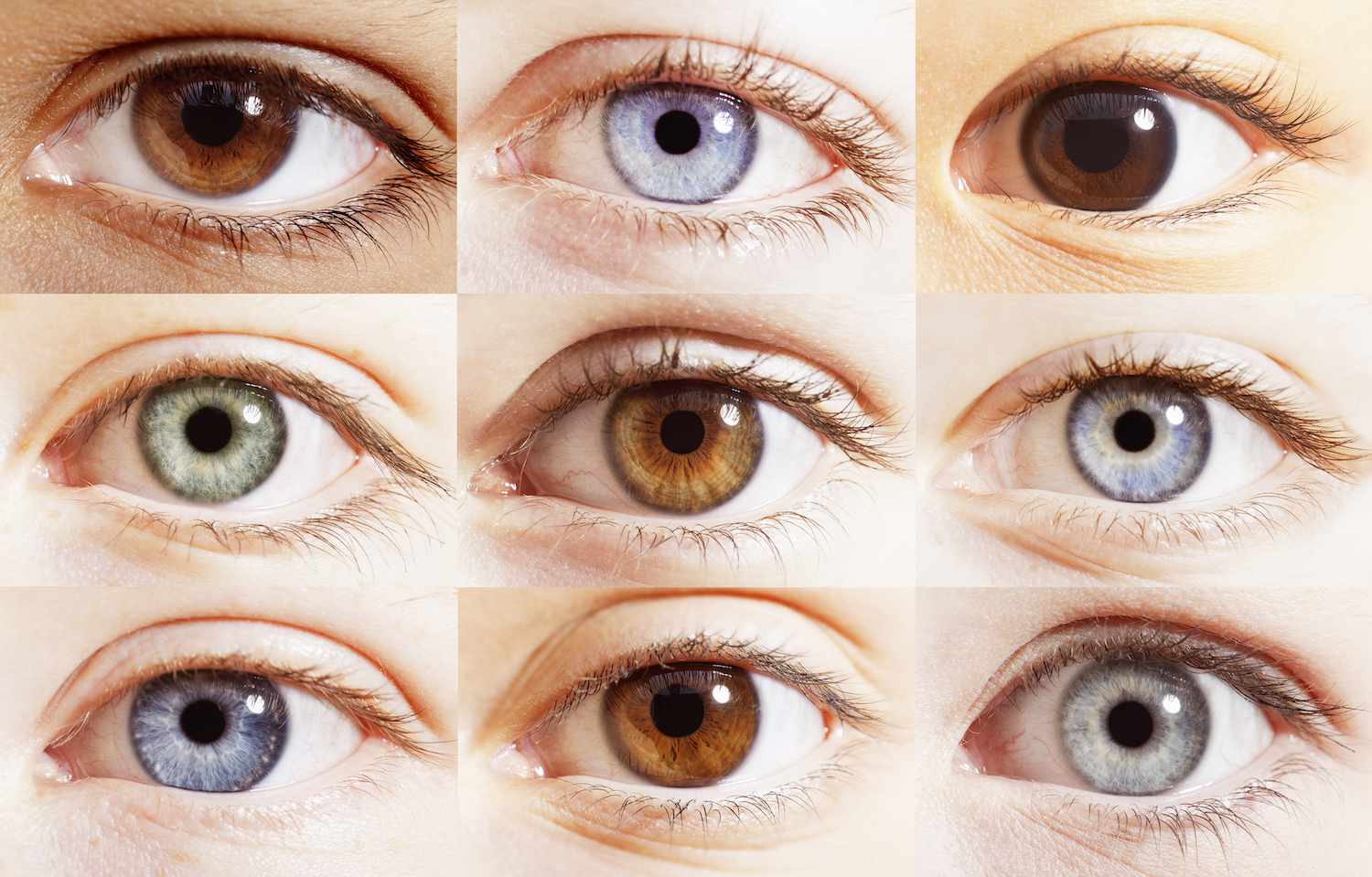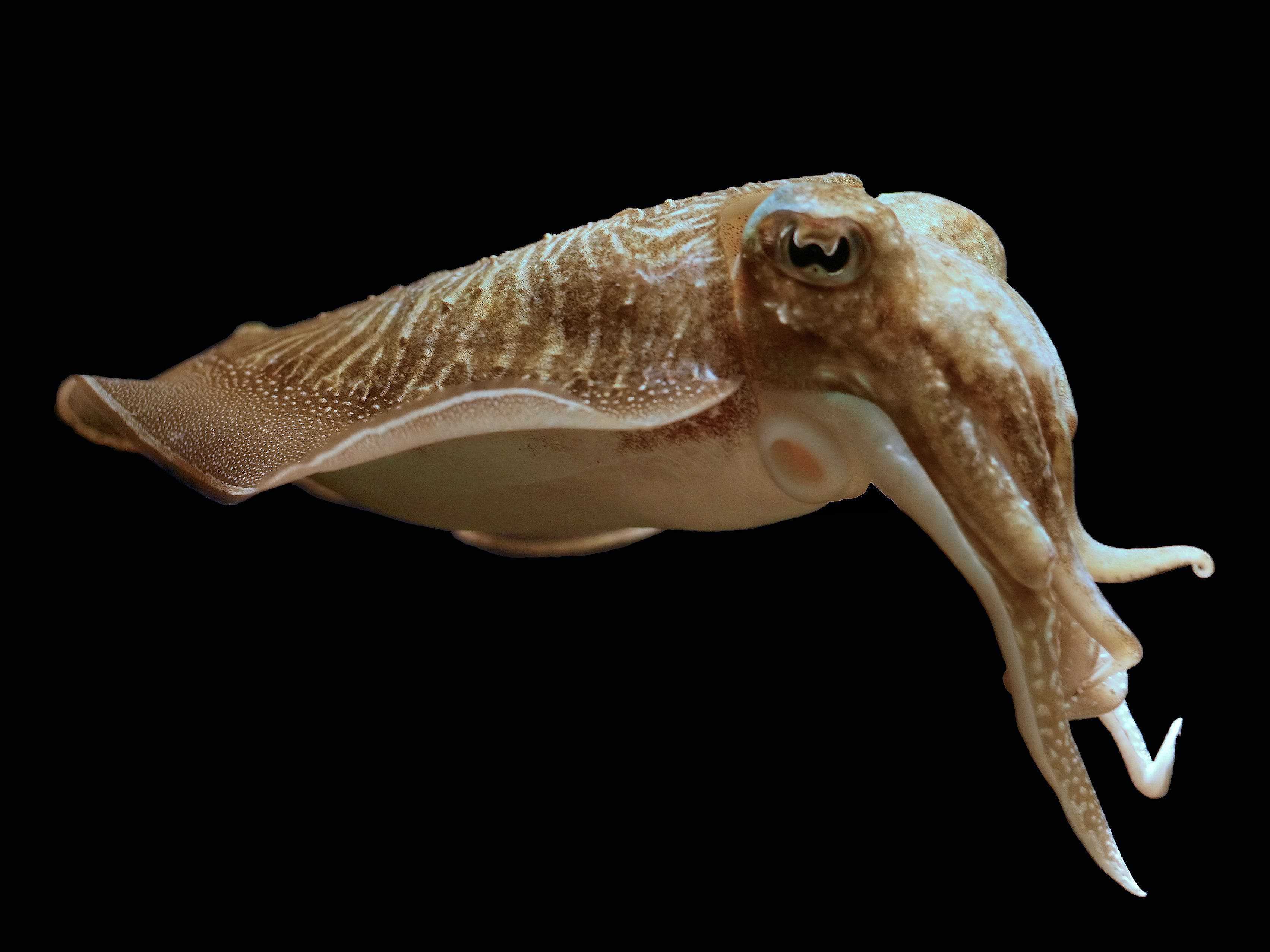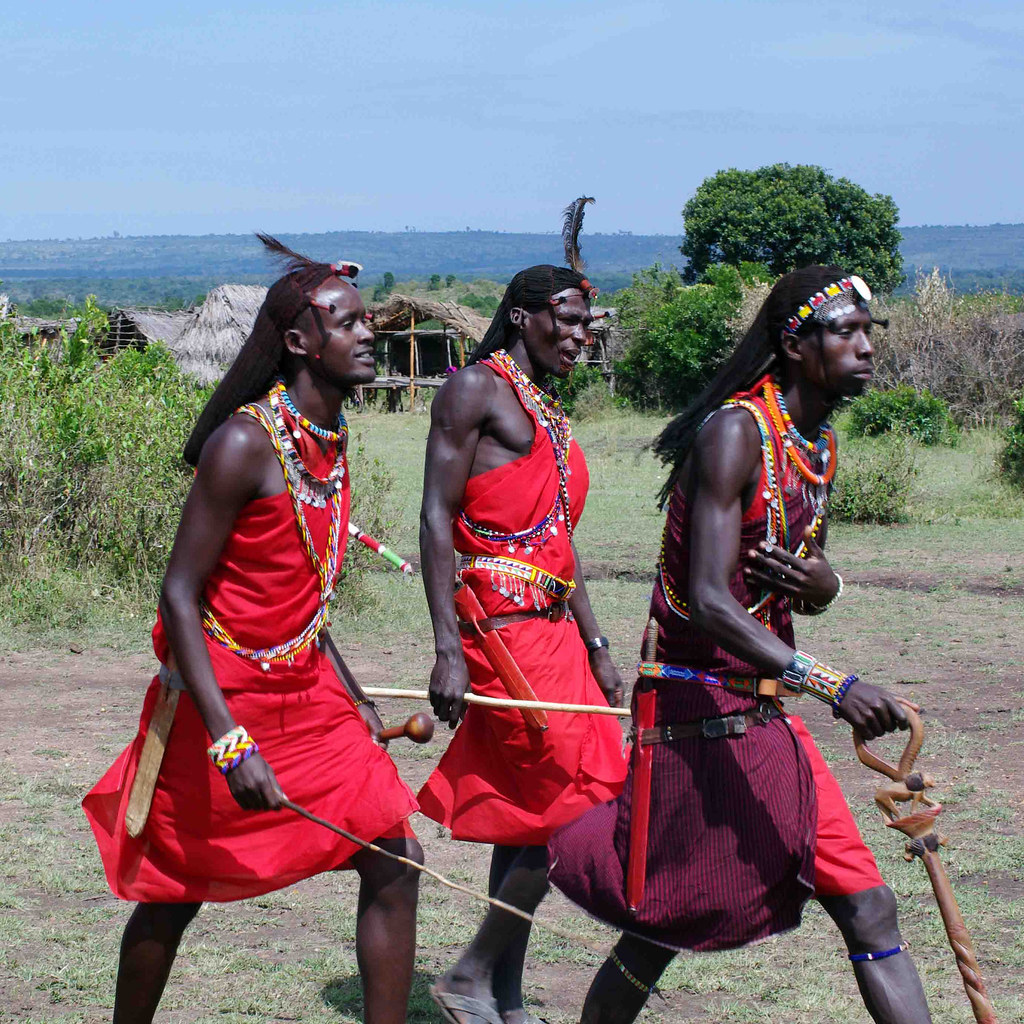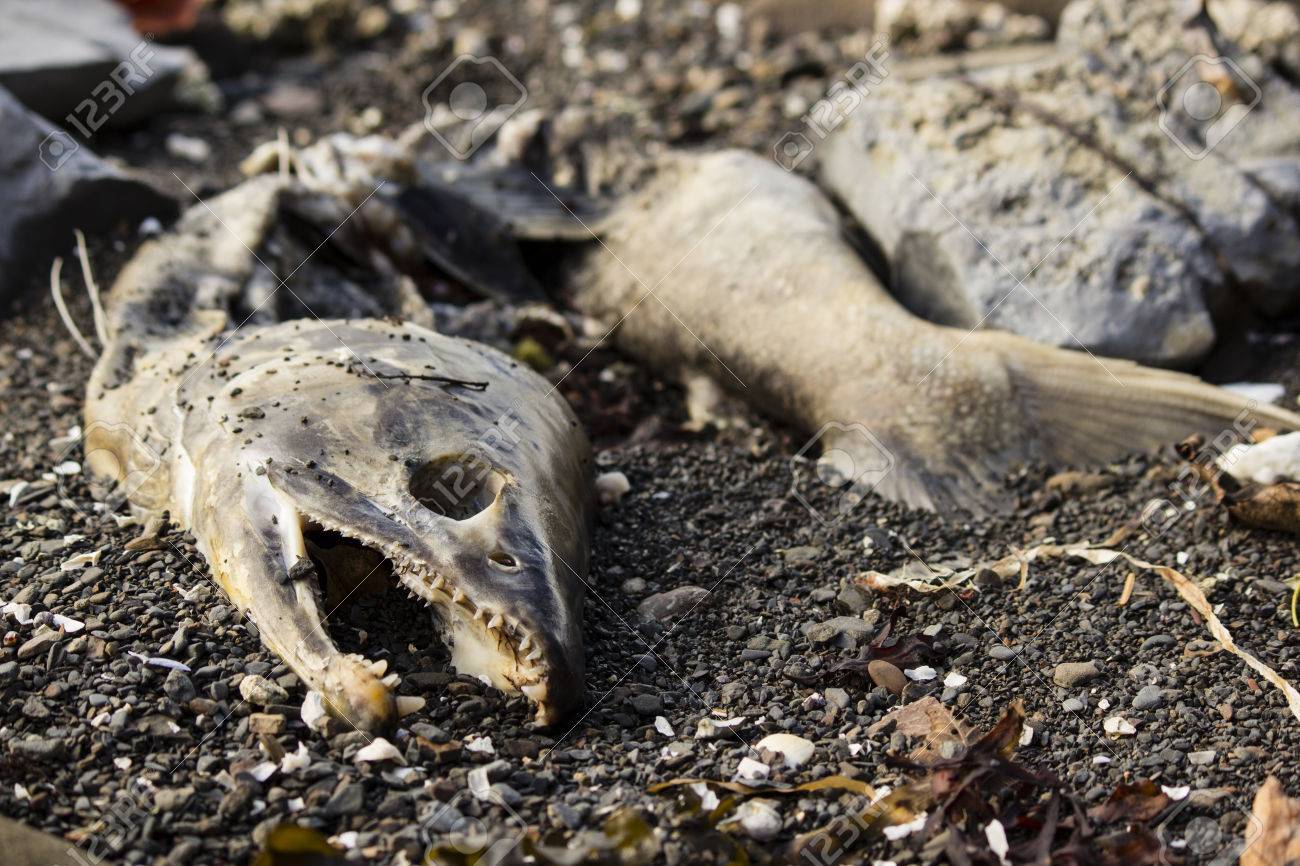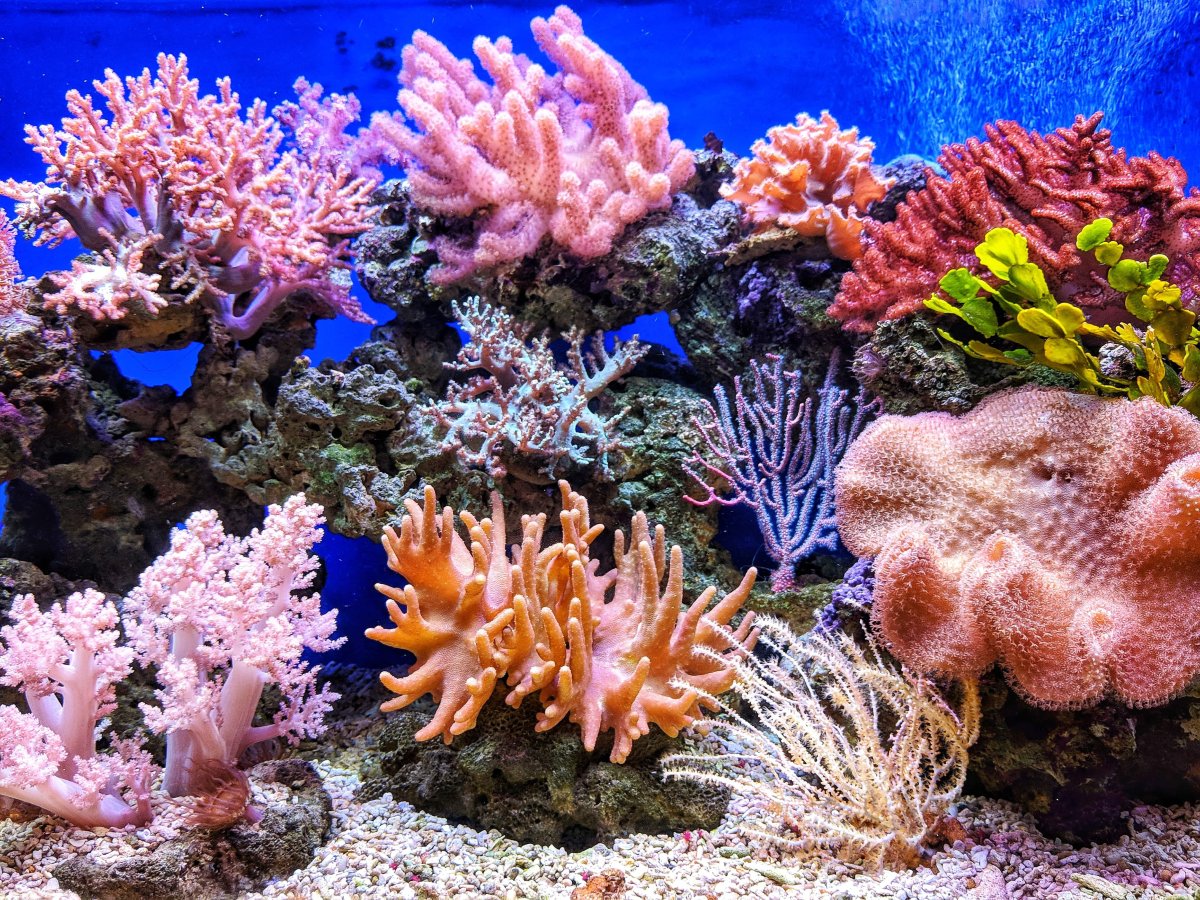Welcome to SPRING semester Biology with Barton Clark!
Click here to jump to current week!
Week 1: January 06 2025
- Double Helix nature of the DNA molecule and ‘DNA backbone’ consisting of Sugar and Phosphate groups.
- Molecular Diagram of Nitrogenous Bases which, as organic compounds, leave the Carbon Atoms out.
- How A ‘goes to’ T and C ‘goes to’ G. and that those letters are used as short-hand for the names of those bases.
- How to create a Nature Journal (see examples linked into Kristin Link’s page at right).
Page 1 of your nature Journal: Each entry will include the date, 3 observations of animal life (butterflies, birds, squirrels, etc.) 3 observations of plants (trees, flowers, bushes, dead or alive), 3 descriptions of sounds (bird songs, wind in the trees, etc), 3 questions you might have (I wonder what the birds are talking about? I wonder why this plant looks so dead) and three ‘action observations’ (the birds are swirling around the tree, the beetle is crawling up the stalk, etc). The student should practice their best art skills and utilize color (Clark provides colored pencils). We’ll do this once a week for the first two trimesters. i.e., there should be 14 entries total when collected at the end. We’ll do every two week check-ins as well.
On the first day of class, Clark’ showed this youtube video of DNA ‘in action‘, highlighting all of the various ‘actions’ that take place inside and outside of the nucleus and as an introduction to some of the processes which we’ll be learning about (transcription, translation, etc.).
The first formal lecture was centered on introducing students to the DNA molecule itself including the double-helix structure (as illustrated in this youtube video) and the basic nature of the phosphate/sugar ‘backbone’ and the concept of a Nitrogenous Base. Students had the text books open and took notes while Clark moved between the whiteboard, the video screen and their text to highlight various points. (see a model of the DNA molecule here)
Also introduced was the concept of creating a Nature Journal. As Spring unfolds (early this year thanks to Global Warming!).. we’ll see various plants ‘leaf out’, come into bloom and we’ll see various birds species migrating through our area. Of special interest this first week, is the Red Winged Blackbird with large flocks of males flying around campus right now.
Week 2: January 13 2025
- Double Helix nature of the DNA molecule and ‘DNA backbone’ consisting of Sugar and Phosphate groups.
- Molecular Diagram of Nitrogenous Bases which, as organic compounds, leave the Carbon Atoms out.
- How A ‘goes to’ T and C ‘goes to’ G. and that those letters are used as short-hand for the names of those bases.
- How to create a Nature Journal (see examples linked into Kristin Link’s page at right).
SP Strawberry DNA Extraction Lab. This lab had students first crushing and then extracting DNA from strawberries, which appeared as white filaments floating in the alcohol layer.
Article: Oldest Human Genomes Reveal how a small group burst out of Africa. Students were given a ‘hard copy’ of this article to Annotate during class time.
Page 2 of your nature Journal: Each entry will include the date, 3 observations of animal life (butterflies, birds, squirrels, etc.) 3 observations of plants (trees, flowers, bushes, dead or alive), 3 descriptions of sounds (bird songs, wind in the trees, etc), 3 questions you might have (I wonder what the birds are talking about? I wonder why this plant looks so dead) and three ‘action observations’ (the birds are swirling around the tree, the beetle is crawling up the stalk, etc). The student should practice their best art skills and utilize color (Clark provides colored pencils). We’ll do this once a week for the first two trimesters. i.e., there should be 14 entries total when collected at the end. We’ll do every two week check-ins as well.
- Structure of a Nucleotide
- Comparison of Deoxyribose to Ribose
- Hydrogen bonds in water
- Hydrogen bonds in DNA
- The California Buckeye
- The Wooly Mammoth will live again!
Using the websites above as talking points, students were encouraged to draw sketches of their own while Clark discussed covalent bonds (as being very strong) and hydrogen bonds (as being very week). Also focused on, was the molecular structure of the Nitrogenous bases vs the Phosphate groups vs the Deoxyribose molecules.. as well as the structure of alcohols during the lab on Extracting DNA from Strawberries.
Week 3: January 20 2025
- Genes become Traits through the following sequence.
- Transcription (the copying of the gene into RNA) is followed by:
- Translation (the assembly of proteins based on the Genetic Sequence).
- Transcription of genes on-line simulation Students viewed the first half of this web simulation, in pairs. After selecting a ‘gene’ to transcribe, the students wrote down the DNA sequence and the associated mRNA sequence which was generated by the Transcription process.
- Class DNA model building project/activity. Each student in the class chose one of the Nucleotides shown in here. After being given a piece of card-stock, the students copied the nucleotide onto the cardstock, providing mirror images on both side. (note: a nucleotide contains a phosphorus group, a sugar and a nitrogenous base!).
Discussion/review of Molecular Structure of DNA and specifically, how ‘genes’ appear as a sequence of Nitrogenous Bases. Secondly, that in order for Genes to become ‘stuff’ (proteins).. a ‘copy’ must be made first.. Technically speaking it is not a true copy, but instead a ‘complimentary copy’ with A-T and C-G. The entire process of first ‘copying’ the gene is called Transcription. Also discussed, was that the copy was made of RNA instead of DNA, and the differences between them.
Activity: predicting a mRNA sequence based on a DNA sequence.
Activity: Students worked to make ‘copies’ of Nucleotides, the goal being to assemble the four-class set into a large, class DNA model. Example of Nucleotide to look at. Students also used the illustrations on page 294 of the in-class text book.
Nature Journal Entry #3. Please review the Nature Journal posted previous weeks for examples of what yours should start to look like!
Also, two new Aps you can install on your cell phone.
Week 4: January 27 2025
- Translation (the assembly of proteins based on the Genetic Sequence).
- What are amino acids? What are enzymes?
- How does the Transfer RNA (tRNA) work to bring together Proteins?
Introduction to enzymes, transfer RNA and how proteins are assembled.
What are enzymes? (explained along with exploring DNA replication)
Week 5: February 03
- The building blocks of Life.. Where do they come from? How are they formed?
- What can we learn from Asteroids that we cannot learn from rocks on Earth?
- What is a Virus and how are they different from Bacteria? How do they operate?
- review guide for test 1_spring 2025
- To Benu and Back. An overview of the mission to a near-Earth asteroid. Students were to follow along and answer questions on the guided question worksheet: OSIRIS-REx mission question sheet
- Another short video with better graphics (but less science).
- Notes on these three videos introducing Viruses and how they related to our studies of genetics. 1. What is a Virus? 2: Dr. Dave gets detailed! 3: What are Bacteriophages.
This week began with a discussion of the space mission OSIRIS-REx which was an amazing engineering feat in, and of itself. The aspect that was most relevant to our class, was the discovery of the ‘building blocks of life’ on the Asteroid, bolstering the theory that Amino Acids occur naturally in our Solar System, and are not limited to Earth.
Next, we delved into VIruses and how different they are from bacteria. Also discussed was what ‘bird flu’ meant, and that all ‘flu’s’ are fundamentally, Bird flus. Students watched the three short video clips at left and were instructed to take notes while Clark added his overlay of commentary.
Week 6: February 10
- Meiosis
- Mitosis
- Haploid vs diploid
- Dominant vs recessive alleles.
- review guide for test 1_spring 2025
- NOTE! Students who construct a page of notes based on the Review guide, will receive extra credit on the test for doing so. This is not for using during the test, but simply as evidence that the student studied for the test. Must be hand written and address topic described on the Review Guide
- Notes on the video: Fresh! This film considers our industrialized food production system
The last major topic of the week was an introduction to Dominant and Recessive Alleles and the processes of Meiosis and Mitosis in creating haploid or diploid daughter cells. As part of this discussion, students tasted PTC paper to determine if they carried the gene which allows a person to taste it.
Week 7: February 17: SKI WEEK!
Week 8: February 24
- Proteins gain their function based on their 3-dimensional shape
- Genes are turned ‘on’ by chemical signals.
- Synthetic Chemicals in the environment can mimic natural hormones and cause disruptions to body systems.
- Video Notes: 10 Americans. Students watched a short film by the Environmental Working Group describing the results of blood tests done on ten, random Americans. Students were to respond to questions on this guided questions sheet.10 Americans question sheet
- Interpretive Poster assignment. After reading the article here: studies link chemicals to genital development Students worked in pairs to create posters which detailed recent experiments done to explore the effects of two, common plastic additives on human reproductive systems. (endocrine disruptors).
Discussion: How protein folding gives them shape and function.
This week was centered on “the test” for the end of the first marking period. (see review guide posted in previous weeks).
Week 9: March 03
- Plasmids vs Chromosomes
- Genes are ‘translated’ into Proteins which give the creatures “traits”.
- The pGlo Plasmid as an engineered Gene for sale.
- student notes_pGlo1
- student notes_pGlo2
- student notes_pGlo3
- pGLO_day1 worksheet. Students used this handout to predict how inserting the pGlo gene would affect the growth of the bacteria.
- pGLO_predictions after inserting pGlo. Students used this handout to compare their results with their predictions
This week we jumped into the long awaited pGlo plasmid transformation lab. In this lab experiment, students were provided with samples of e. Coli bacteria that have been genetically modified to remove all pathogenic traits. We then ‘heat shock’ them and introduce a custom engineered Plasmid which gives the bacteria resistance to antibiotics (ampilcilin in our case) and one which creates a protein which glows under black light.. Lots of fun.. once you get past the odors..
Week 10: March 10
- Meiosis and sex cell segragation.
- Punnett Squares
- Inheritance.
- Text book reading and video review. Students reviewed pages 231-241 in the text book to introduce themselves to the terminology of gamete formation
- Video: Meiosis. This video lays out with animation and discussion, the sequences described in the text book (above)
- Punnett Squares and probability of inheriting a recessive trait. (Double_the_Muscle-_Genotype_and_probability_worksheet). This was done in table groups after discussing the ‘double muscle’ cow. The double muscle cow.. is that because of a failed ‘stop’ gene.
- Marin Water Job descriptions (main page) ( careers page) (Salary Page) For extra credit, students identified two (2) job titles which sounded interesting, and wrote a short summary of the job description along with the monthly, starting salary.
This week wrapped up our pGlo set of labs with students seeing for themselves whether or not their colonies of E. Coli had successfully incorporated the pGlo plasmid. Where we left off last week was by adding arabinose sugarwater to our petri-dishes in hopes that the ‘ara’c’ gene would kick in, triggering the GFP gene, which actually produces the protein which glows under black light..
Midweek, we stepped into the discussion of how are genes are passed on during sexual reproduction. We began with a quick review of pages 231-241 in the text book, just to familiarize ourselves with the terminology, and then we viewed a 12 minute, animated video highlighting the process of the Gonads producing our sex cells (Gametes). Students were to take one-page of notes to summarize the process.
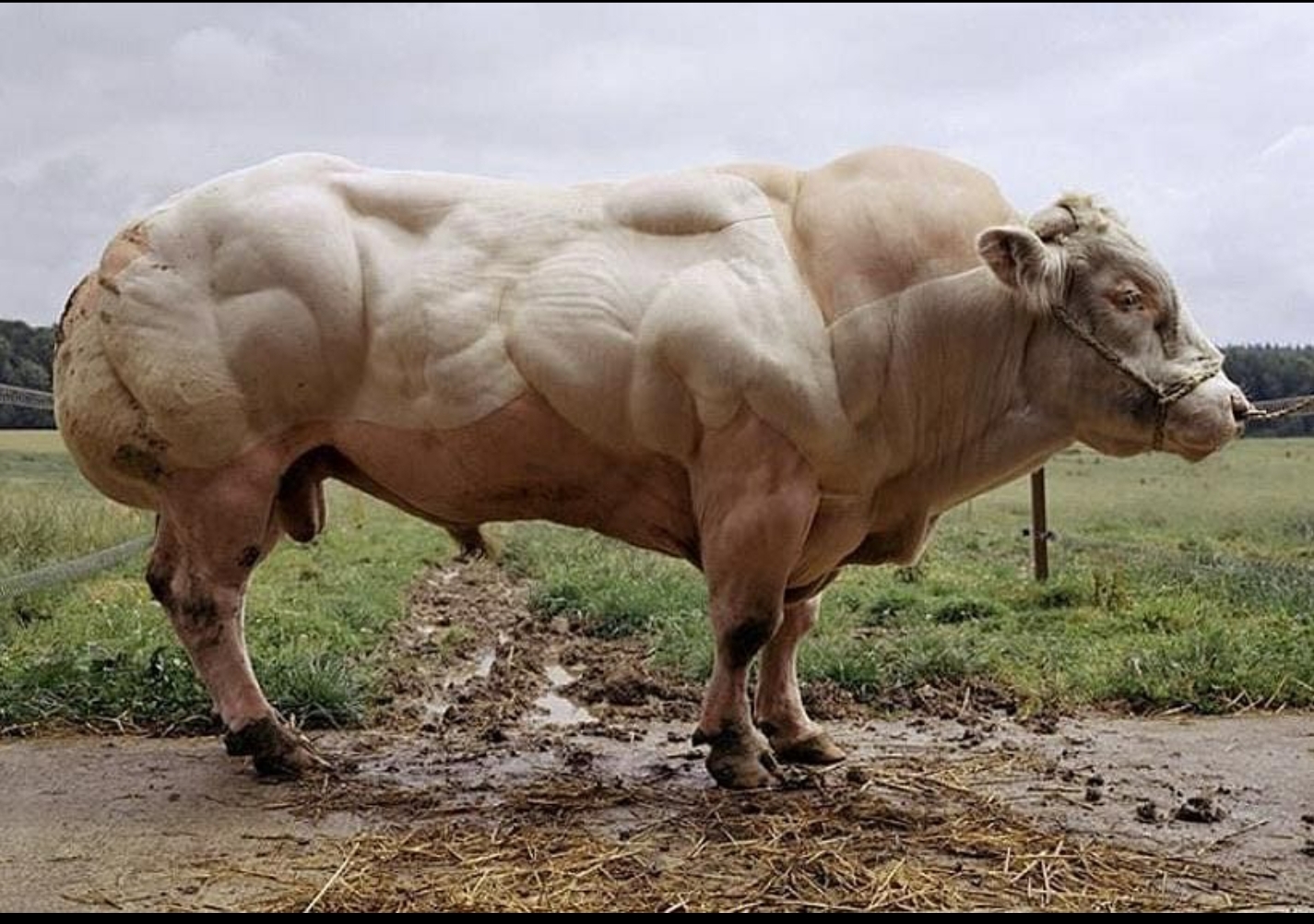
Belgian blues are a breed of cattle born without myostatin, a protein that inhibits muscle growth, thus causing an extremely muscular bull!
Week 11: March 17
- An Introduction to Stop Motion Studio (using Legos), This video is helpful in describing the many features of the app..
- Using Stop Motion Studio to create a racing car video. This video is helpful in offering tips on making your video interesting (including adding sound effects).
- How to use WeVideo video editor.
- Article; Mutated DNA Restored to Normal in Gene Therapy Advance
- meiosis stop motion video project
- For extra credit: Marin Water Job descriptions (main page) ( careers page) (Salary Page) , students identified two (2) job titles which sounded interesting, and wrote a short summary of the job description and why they thought this job was interesting to them.. Also required: look at the salary page and identify the starting, monthly salary. (due by Friday, March 21)
Short discussion: Careers in ecology, science and environmental engineering! Clark first reminded students of the extra-credit opportunities for simply taking a look at the MMWD website careers (and salaries!) page.. (see New Assignments at left).. and then highlighted a Summer Internship opportunity at Pepperwood Nature Reserve, just North East of Santa Rosa (check out this link for information)
This week began with an introduction to Stop Motion film making as a way tell stories. Several websites were shown to the class showing the tools and techniques to create stop motion films. An Introduction to Stop Motion Studio (using legos), and Using Stop Motion Studio to create a racing car video. Also of interest: Foil, and Man, two, animated shorts using stop motion techniques to tell stories.
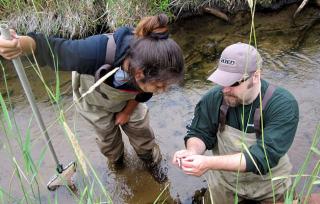
Week 12: March 24
- Mendelian genetics
- Punnett Squares and Di-hybrid crosses.
New Assignments:
- History of Gregor Mendel (students followed along with this worksheet: gregor mendel).
- DiHybrid Punnett square practice. Dihybrid Practice. Students worked on four scenarios in which two ‘parents’ created gametes and then off spring. In addition to responding to prompts, students are to: a) draw colored pictures of two parents illustrating the Traits described and b) convert probabilities from (number) / 16 to percentages.. c) Use Coin tosses for crosses where there is a 50/50 chance of a cross actually appearing (ten tosses to determine ACTUAL numbers).
(notes for next year: Have a worksheet which asked students to tabulate class data.. perhaps place them all on a central table from largest to smallest.. ask the question, do large pods always have large seeds? Do Large pods always have many seeds? Do Small pods always have small seeds? etc.) Also redo DiHybrid worksheet to include more interesting combinations and instructions to draw sketches of parents (phenotype)
Weekly activities and discussion.
This week began with giving students a full block period to get a good start on their Meiosis Video Project..
We then stepped into a bit of history on Mendelian Genetics.. (Gregor Mendel, the ‘Father of Genetics”) While stopping the video to discuss, Clark passed out to each student, an English Pea pod to examine. We measured, counted, etc. the peas inside to observe the diversity of traits.
Next we stepped back to way in which Mendel predicted the probability of certain traits appearing in offspring, the Punnett Square. Clark first began with a cartoon characterization of two people, one with straight (up) hair and the other with flat (horizontal) hair. This of course is due to Genes (on chromosomes) and the fact that people can have different Alleles. Clark introduced the standard practice of using symbols (letters) to represent alleles and how we can use Punnett squares to predict the probability of various Phenotypes based on genotypes. click these to see students notes of the discussion. student notes_dihybrid_1 student notes_dihybrid_2 student notes_dihybrid_3
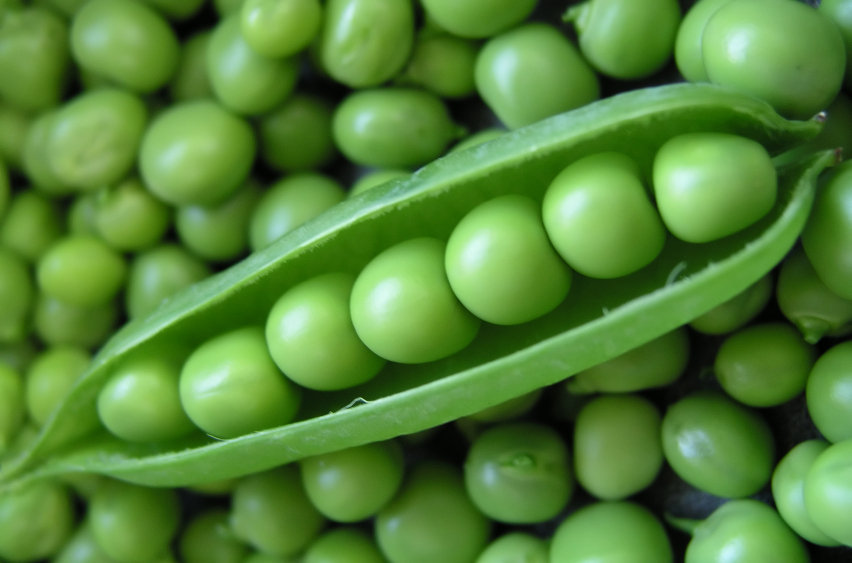
Week 13: March 31
- Mendelian genetics
- Punnett Squares and Di-hybrid crosses.
- EPA changes rules See original article here:
- Lactase_Pedigrees_Patterns_Inheritance_Student (note: Students were only given pages 2-5 in class to work on).
- Living on one dollar: This video explores how very poor people living on one dollar a day. Students were to take one page of notes.
The above activity, based on Lactose intolerance, started with an overview of the evolution of mammals. Mammals by definition, have mammary glands which produce milk. To return to evolutionary biology for a moment, we reviewed the evolution of mammals including a) the first mammals b) monotremes c) Marsupials and d) placental mammals. The key point was that mammals by design are able to digest milk, but usually with a cut-off date (i.e., most mammals stop producing Lactase at a certain age and so are forced to find food for themselves).. Humans though, in some groups, evolved an ability to continue digesting milk, as described in this video: Got Lactase?
Clark reviewed in detail, example 2 on the packet of Dihybrid crosses from last week. We first reviewed how genotype leads to phenotype, and then gamete formation. The central point of the review however, was to first recognize that there are often several combinations of genes (genotypes) which lead to phenotypes. And based on this, determining the probability of a particular phenotype emerging as an offspring. Clark then showed how tossing coins could be used to model the traits passed from parent to child (we used quarters and dimes to represent the traits that a male might pass on, and nickels and pennies to model the traits that a female might pass on, with heads representing the dominant allele, and tails representing the recessive allele. Students were asked to ‘toss the coins” sixteen times to see how the probability predicted by the punnett square matched up with the ‘coin toss’.. (noting that a 3/16 probability doesn’t mean that 3/6 toss will automatically end up being true).
Week 14: April 07 Ski Week! No School!
Week 15: April 14
Learning Objectives:
- Geologic Eras
- First land plants (eg liverworts) Ordovician period
- Horsetail/ Ferns Devonian Period
New Assignments:
- Lets plant a garden! Student groups were each given a pot, soil and a variety of plants to start our Spring Garden project!
- Review Guide for next week’s unit test: review guide for Test 2_Spring semester
Weekly activities and discussion.
- The Mesoamerican Milpa
- Overview of plant evolution: David Attenborough
- First Land plants and mushrooms
- Video (start) The Martian.
- close up of Mars from latest REAL rover and an exploration of the ‘insane technology’ of the rover.
For next week:
- Devonian plants
- Cladogram of plants
- jumping spores of horset
- ail ferns
- The definitive overview of plant evolution
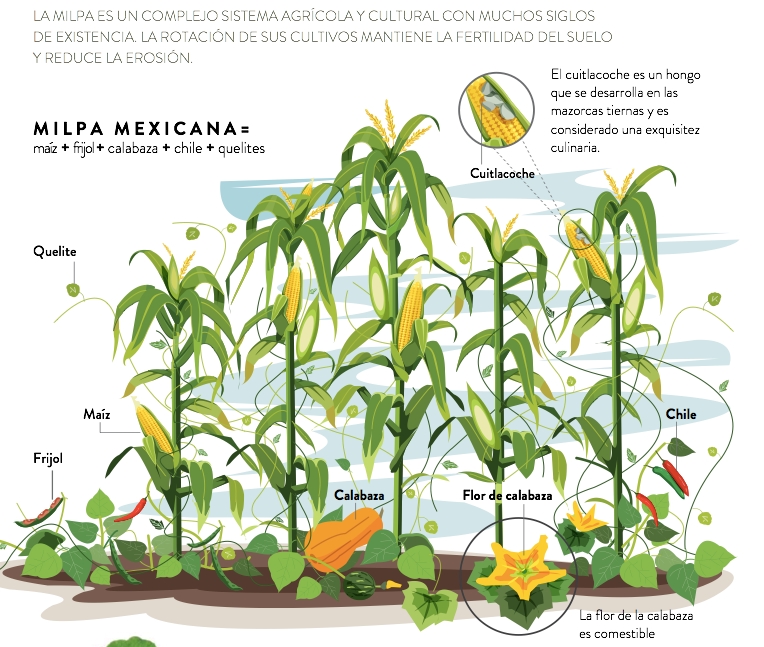
In this week’s news!
- E.P.A. Set to Cancel Grants Aimed at Protecting Children From Toxic Chemicals
Week 16: April 21
Learning Objectives:
New Assignments:
- The Gift of Salmon. Students were to annotae the article and respond to the prompts. (click here to see original article on-line)
- Review Guide for next week’s unit test: review guide for Test 2_Spring semester
Weekly activities and discussion.
-
This week was mostly focused on starting our garden project and studying for the upcoming test. (this Thurs/Fri)
- Nitrogen cycling was introduced with the article: The gift of Salmon and will be expanded on during following weeks.
Week 17: April 28
Learning Objectives:
- Nitrogen as a vital element for growth
- Nitrogen cycles through Earth’s systems.
New Assignments:
- Article: When the world ran on Guano (When The Western World Ran on Guano for students to annotate)
Weekly activities and discussion.
- A comparison of the real, international space station vs the Hermes space ship depicted in The Martian
Week 18: May 05
Learning Objectives:
- Evolution of Plants: First land plants, first seed Plants
- Conifers and cones
New Assignments:
- Paleozoic highlights. This review guide introduced students to the Periods which comprise the Paleozoic including Cambrian up to Permian. Each of the periods had something interesting happening (first fish, first land plants, first fish with backbones, etc.) Periods of the Paleozoic
- Oil in the Forest
- Learning to Concentrate (this lab activity reviewed concepts of concentration as a mass ratio and had students converting to decimal equivalents and ppm). Also, the lab introduced the concept of a ‘serial dilution’ which we will see again next week.
Weekly activities and discussion.
- A comparison of the real, international space station vs the Hermes space https://response.restoration.noaa.gov/remembering-cosco-busan-overview-2007-oil-spill
- ship depicted in The Martian
- Bioremedation was introduced as a way to repair damaged and polluted ecosystems. Several examples were given of interesting examples in which plants or mushrooms were used to clean up toxic waste.
Week 19: May 12
Learning Objectives:
- Coral reefs as critical ecosystems.
- Coral reefs in distress with climate change.
- Copper is toxic to aquatic ecosystems.
New Assignments:
- creating a toxic copper solution
- video_Blue Planet Coral Reefs
- impact of copper on aquatic ecosystems
- Video: Chasing Coral (students were to take a page of notes)
Weekly activities and discussion.
- This week began with an introduction to Coral reefs as complex ecosystems. Corals themselves are interesting animals which, essentially live primarily like plants (growing stems out of Calcium Carbonate) and feeding off of the sugars produced by (blue-green) algae living inside their body tissues. (98% of their ‘food’ comes from the algae) and only at night, putting out their tentacles to feed). They are much like Sea Anemone.. (related to Jelly Fish, in fact).. and also put out the GFP that we saw in our recent pGlo lab. To start off the discussion, we watched the original Blue Planet episode on Coral Reefs. (first 30 minutes on Mon/Tues).. with the guided question sheet here:
- The end of the week had students attempting to create a predefined concentration solution and then using professional Copper Concentration test kits to measure their work. We then watched a new documentary called Chasing Coral (first half). Students were to take notes on the film.

